A polish machine is a tool designed to provide a smooth and shiny finish to surfaces such as metal, wood, plastic, and stone. These machines are commonly used in industries like automotive, manufacturing, and construction to achieve a high-gloss, reflective surface. The working mechanism of a polish machine involves a combination of abrasive action, rotational motion, and applied pressure.
Basic Components of Polish Machine
A typical polish machine consists of several key components:
- Motor: Powers the machine, enabling it to rotate at different speeds.
- Polishing Pad or Wheel: Attached to the motor’s spindle, this is where polishing agents are applied. It may be made of various materials like felt, foam, or cloth.
- Speed Control: Allows adjustment of the rotational speed of the motor, optimizing the polishing process for different materials and finishes.
- Power Supply: Electric or battery-powered, providing the necessary energy for the machine’s operation.
How Does a Polish Machine Work?
The primary function of a polish machine is to apply a polishing compound or abrasive paste to the surface of an object. When the machine is switched on, the motor causes the polishing pad or wheel to spin at high speeds. The friction generated by the rotating pad removes tiny imperfections or scratches from the surface, smoothing it out and producing a glossy finish.
Polishing Process
- Preparation: The surface to be polished is cleaned.
- Application of Polishing Compound: A polishing paste or liquid is applied to the surface or the polishing pad.
- Polishing: The machine is moved over the surface to evenly distribute the compound, followed by buffing for a smooth, shiny finish.
Conclusion
In conclusion, a polish machine works by using rotational motion, abrasive materials, and controlled speed to smooth surfaces and provide a glossy, high-quality finish.
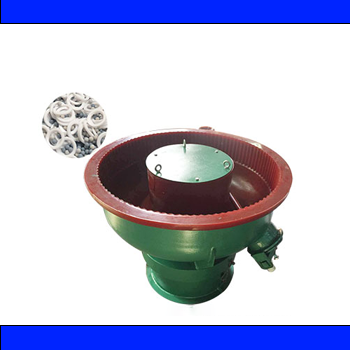
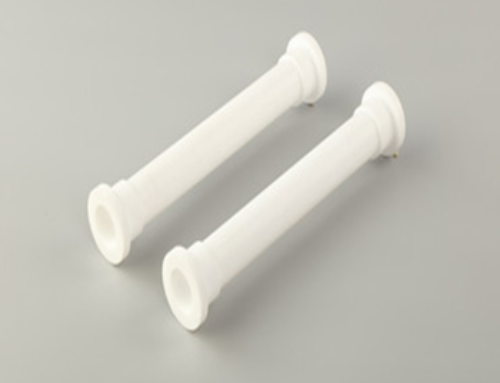
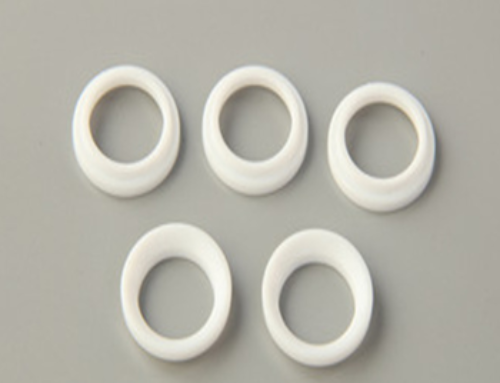
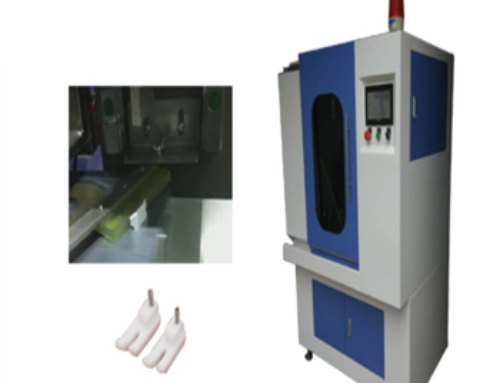
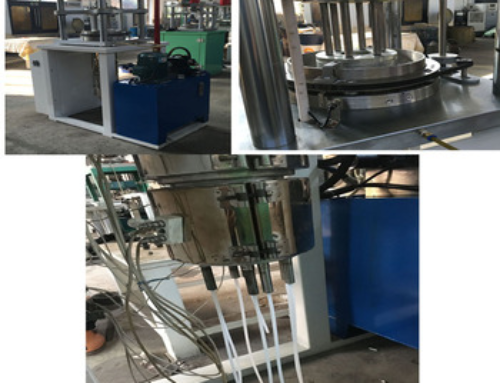
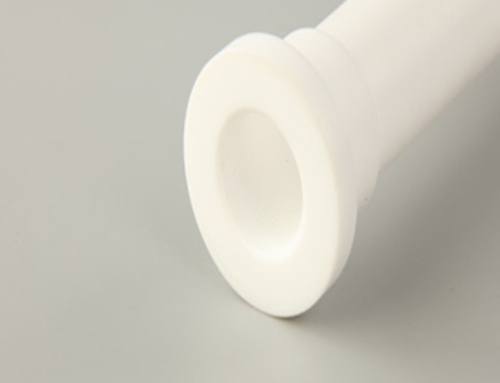

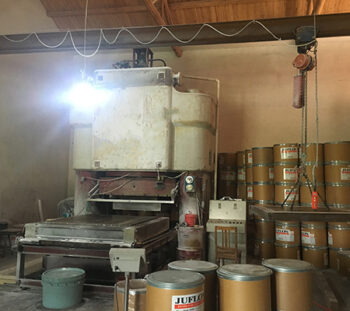
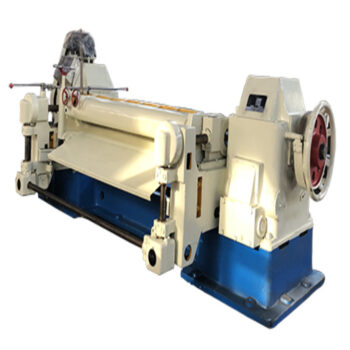
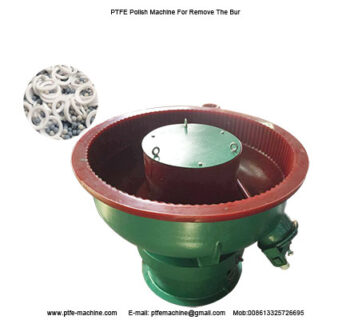
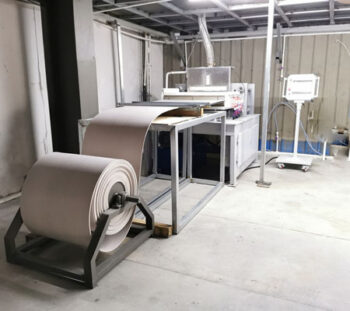
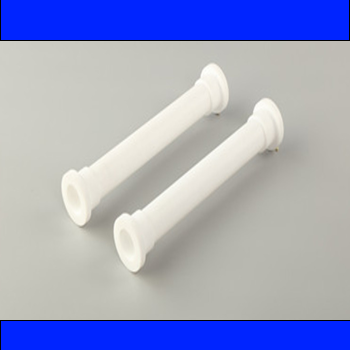

Leave A Comment
You must be logged in to post a comment.